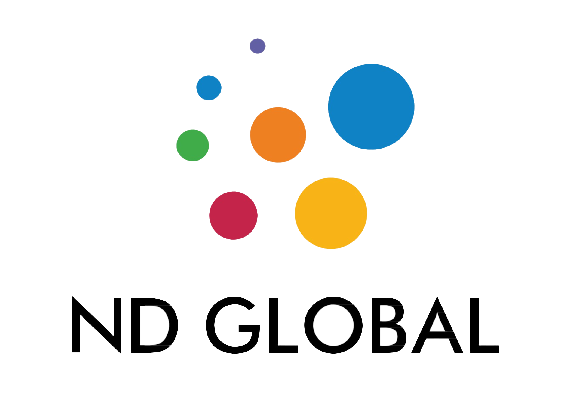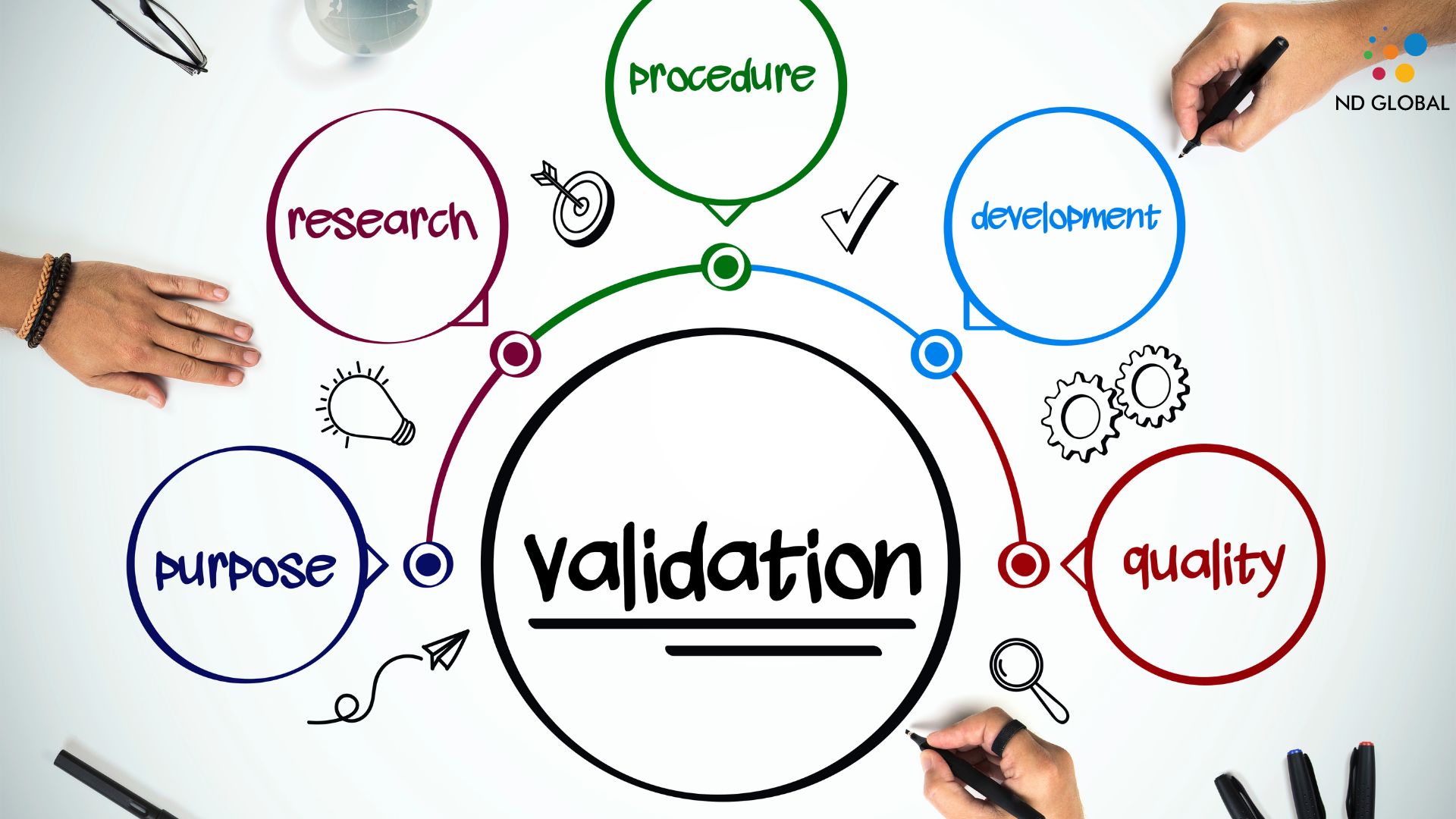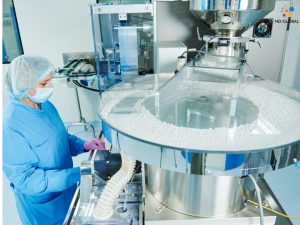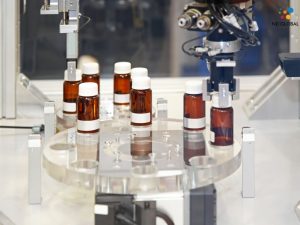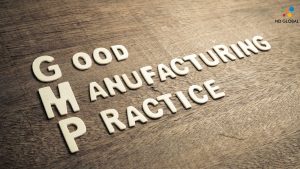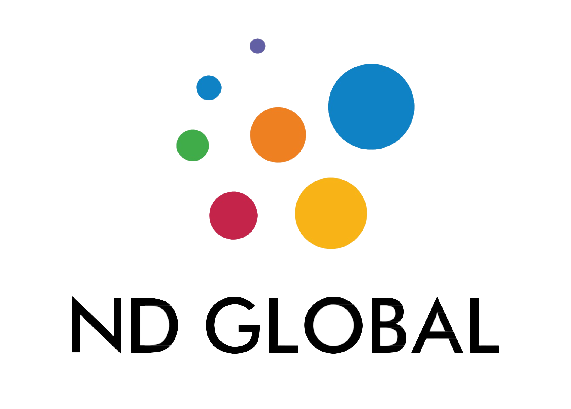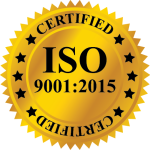Introduction: A product can be systematically manufactured using a specific process that meets its predetermined specifications and quality attributes. This is known as validation. Established document evidence or proof offers a high degree of assurance. In the dynamic landscape of pharmaceutical manufacturing, a transformative approach to Current Good Manufacturing Practice (cGMP) process validation has emerged, guided by the principles of Quality by Design (QbD) and risk-based methodologies. This article explores the innovative strides taken in this new era of process validation, drawing insights from the U.S. Food and Drug Administration (FDA) guidelines, EudraLex Volume 4 Annex 15, and the European Medicines Agency (EMA) process validation guide. We’ll delve into the intricacies of each stage and incorporate essential elements such as revalidation criteria, equipment qualification, and the definitions of process validation as per FDA and EU GMP.
What is Process Validation: A step-by-step process called process validation confirms that manufacturing can consistently produce high-quality goods. A validation team led by the quality assurance director of pharmaceutical manufacturers completes it. Process validation is typically carried out before the release of a new product, whenever a change is made to an existing product, and on an ongoing basis to ensure the process is working as intended. A protocol should be established at the outset that details the parameters that will be tracked, the samples that will be collected, and the results that will be accepted. The pharmaceutical industry is evolving, and so too are the regulations that govern it. In recent years, a paradigm shift has occurred in Current Good Manufacturing Practice (cGMP) process validation, with an emphasis on Quality by Design (QbD) principles and risk-based approaches. This article delves into the new age of cGMP process validation, examining the guidelines set forth by the U.S. Food and Drug Administration (FDA), the European Union’s EudraLex Volume 4 Annex 15, and the European Medicines Agency (EMA) throughout the three stages of process validation.
Why Process validation is needed: Effective process validation makes a substantial contribution to guaranteeing drug quality. A medicine should be created that is suitable for its intended purpose, according to the fundamental tenet of quality assurance.
This principle takes into account the knowledge that the following conditions are accurate:
- The product is made with quality, safety, and efficacy in mind.
- Only in-process and final products alone cannot effectively guarantee quality testing or inspection.
Departments with Validation Responsibility:
- Committee for site validation: to prepare, carry out, and study a site master plan to develop one.
- Production divisions: for batch preparation.
- Approval of the protocol, documentation process, report, and compliance are part of the quality assurance process.
- Quality control: Conducting tests per procedure and producing reports.
The Responsible Authority for Validation Execution:
- Director of Quality Control
- Manager of quality assurance
- Director of Production
- Chief Validation Officer
Different regulatory mandates and requirements:
- US FDA Process Validation Guidelines:
The FDA has embraced the principles of QbD and risk-based approaches in process validation. The guidance, outlined in the FDA’s “Guidance for Industry: Process Validation: General Principles and Practices” document, emphasizes the importance of understanding and controlling the variability inherent in manufacturing processes. Key elements include:
Stage 1 – Process Design:
- Identification of critical process parameters (CPPs) and their relationship to the quality attributes of the product.
- Utilization of risk assessment tools to prioritize and evaluate process parameters.
- Emphasis on QbD principles to design a robust manufacturing process.
Stage 2 – Process Qualification:
- Implementation of a comprehensive process performance qualification (PPQ) protocol.
- Collection of sufficient data to establish process capability and confirm that the process consistently produces a product meeting predetermined specification.
- Incorporation of risk management principles into the qualification process.
Stage 3 – Continued Process Verification:
- Establishment of a continuous monitoring and verification process.
- Ongoing assessment of process performance through statistical tools.
- Flexibility in making adjustments to the process based on real-time data.
- EudraLex Volume 4 Annex 15 Process Validation:
The European Union’s guidelines on process validation, as outlined in EudraLex Volume 4 Annex 15, align closely with the FDA’s approach. This annex details the requirements for medicinal product manufacturing, emphasizing the application of a risk-based approach. Key elements include:
Stage 1 – Process Design:
- Identification of critical steps and parameters.
- Employing scientific understanding to establish a control strategy.
- Risk assessment to determine the criticality of process parameters.
Stage 2 – Process Qualification:
- Formal qualification of the facilities, equipment, and utilities.
- Execution of process performance qualification (PPQ).
- A focus on defining an ongoing process verification strategy.
Stage 3 – Continued Process Verification:
- Introduction of continuous process verification.
- Integration of data from various sources to evaluate ongoing process performance.
- Periodic re-evaluation of the control strategy.
- EMA Process Validation Guide:
The EMA’s “Guideline on Process Validation for Finished Products – Information and Data to be Provided in Regulatory Submissions” further emphasizes the need for a lifecycle approach to process validation. Key elements include:
Stage 1 – Process Design:
- A comprehensive understanding of the manufacturing process.
- Definition of the critical process parameters and their acceptable ranges.
- An integrated approach with development activities.
Stage 2 – Process Qualification:
- Demonstrating the process is in a state of control during routine production.
- Conducting a successful process performance qualification.
- Risk-based approach to determining the frequency of monitoring.
Stage 3 – Continued Process Verification:
- Integration of continuous monitoring into routine production.
- Emphasis on real-time release testing where feasible.
- Regular reassessment of the process control strategy.
4.Quality By Design (Qbd) -Regulatory Perspective of Process Validation:
Stage 1 – Process Design:
FDA Perspective:
- Identification of critical process parameters (CPPs) and their impact on product quality.
- Integration of QbD principles into the design phase.
- A robust understanding of the product and the manufacturing process.
EudraLex (EU GMP) Perspective:
- Definition of critical steps and parameters.
- Application of scientific understanding to establish a control strategy.
- Risk assessment to determine the criticality of process parameters.
EMA Perspective:
- Comprehensive understanding of the manufacturing process.
- Definition of critical process parameters and acceptable ranges.
- An integrated approach with development activities.
Stage 2 – Process Qualification:
FDA Insights:
- Formal qualification of facilities, equipment, and utilities.
- Execution of process performance qualification (PPQ).
- A focus on defining an ongoing process verification strategy.
EudraLex (EU GMP) Guidelines:
- Demonstration that the process is in a state of control during routine production.
- Successful execution of process performance qualification.
- Risk-based approach to determining the frequency of monitoring.
EMA Recommendations:
- Integration of continuous monitoring into routine production.
- Emphasis on real-time release testing where feasible.
- Regular reassessment of the process control strategy.
Stage 3 – Continued Process Verification:
FDA Emphasis:
- Establishment of continuous monitoring and verification processes.
- Ongoing assessment of process performance through statistical tools.
- Flexibility in making adjustments to the process based on real-time data.
EudraLex (EU GMP) Perspectives:
- Introduction of continuous process verification.
- Integration of data from various sources to evaluate ongoing process performance.
- Periodic re-evaluation of the control strategy.
EMA Guidance:
- Integration of continuous monitoring into routine production.
- Emphasis on real-time release testing where feasible.
- Regular reassessment of the process control strategy.
- Revalidation Criteria:
Revalidation, a critical aspect of cGMP, ensures that processes remain in a state of control over time. Criteria for revalidation include changes to critical process parameters, equipment changes, changes in the raw materials or suppliers, and changes in the manufacturing location. The FDA emphasizes the need for a risk-based approach to assess the impact of changes and determine the extent of revalidation required.
- Equipment Qualification:
Equipment qualification is fundamental to process validation. Both FDA and EU GMP guidelines stress the importance of a comprehensive equipment qualification program that includes Installation Qualification (IQ), Operational Qualification (OQ), and Performance Qualification (PQ). Qualification activities ensure that equipment is suitable for its intended use and that it consistently performs within specified parameters.
Conclusion:
In steering the new age of cGMP QbD risk-based process validation, the pharmaceutical industry stands at the crossroads of innovation and compliance. The harmonization of FDA, EudraLex, and EMA guidelines underscores a commitment to ensuring product quality and patient safety. As the industry continues to embrace these principles, the collaborative pursuit of excellence in process validation will not only meet regulatory expectations but also foster a culture of continuous improvement and adaptation in the face of evolving scientific and technological landscapes.
The new age of cGMP QbD risk-based process validation reflects a shift towards a more proactive, science-based, and flexible approach. Aligning with FDA, EudraLex, and EMA guidelines ensures that pharmaceutical manufacturers embrace the principles of QbD and continuously assess and improve their processes throughout the product lifecycle. This not only enhances product quality but also contributes to the overall reliability and efficiency of pharmaceutical manufacturing processes. Pharmaceutical companies that embrace this new age of validation are better positioned to adapt to advancements in science and technology while ensuring the highest standards of product quality and patient safety.
How ND Global can help:
ND Global, with its expertise in quality management and regulatory compliance, is well-positioned to provide valuable assistance in the area of Process Validation in the pharmaceutical industry. Here’s how ND Global can support pharmaceutical companies:
- Customized Process Validation Strategies
- Documentation and Protocol Development
- Validation Team Training
- Compliance Assessment and Gap Analysis
- Process Design and Qualification
- Ongoing Process Verification Support
- Risk Analysis and Control Measures
- Regulatory Compliance
- Good Documentation Practices (GDP)
- Validation Report Generation
- Revalidation Planning and Execution
